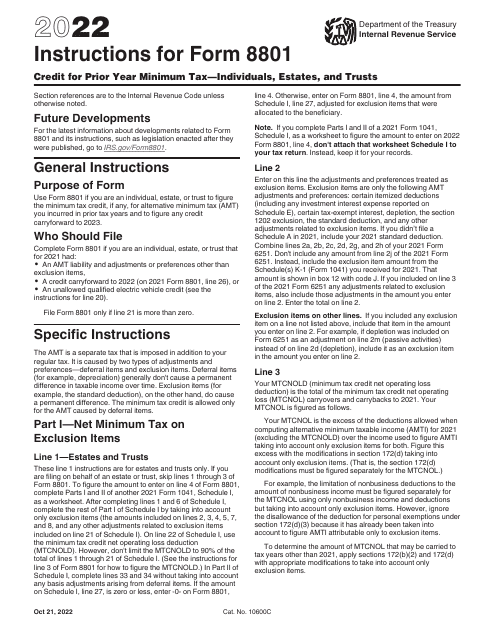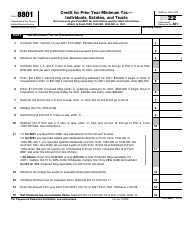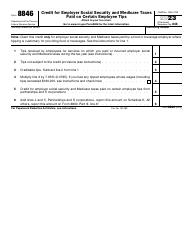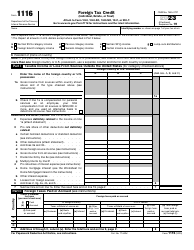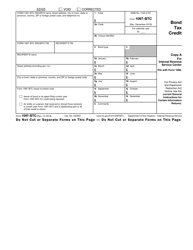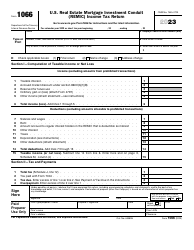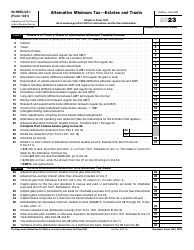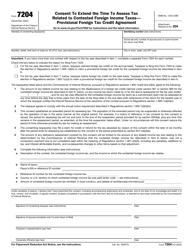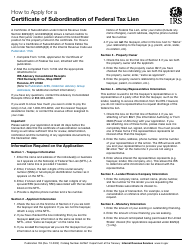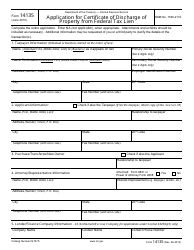This version of the form is not currently in use and is provided for reference only. Download this version of
Instructions for IRS Form 8801
for the current year.
Instructions for IRS Form 8801 Credit for Prior Year Minimum Tax - Individuals, Estates, and Trusts
This document contains official instructions for IRS Form 8801 , Credit for Minimum Tax - Individuals, Estates, and Trusts - a tax form released and collected by the Internal Revenue Service (IRS), a subdivision of the U.S. Department of the Treasury. An up-to-date fillable IRS Form 8801 is available for download through this link.
FAQ
Q: What is IRS Form 8801?
A: IRS Form 8801 is a form used to claim the Credit for Prior Year Minimum Tax for Individuals, Estates, and Trusts.
Q: Who needs to file IRS Form 8801?
A: Individuals, estates, and trusts who have paid alternative minimum tax (AMT) in prior years and have a minimum tax credit available can file Form 8801.
Q: What is the purpose of filing IRS Form 8801?
A: The purpose of filing Form 8801 is to claim a credit for the prior-year minimum tax paid, which can help reduce the tax liability in the current year.
Q: How do I file IRS Form 8801?
A: You can file Form 8801 with your individual income tax return (Form 1040) or your estate or trust income tax return (Form 1041). Follow the instructions provided on the form.
Q: Are there any eligibility requirements for claiming the Credit for Prior Year Minimum Tax?
A: Yes, there are specific eligibility requirements. Refer to the instructions on Form 8801 to determine if you qualify for the credit.
Q: Is there a deadline for filing IRS Form 8801?
A: The deadline for filing Form 8801 is usually the same as the deadline for filing your income tax return. Check the current year's tax filing deadline to make sure you file Form 8801 on time.
Q: Can I e-file IRS Form 8801?
A: No, you cannot e-file Form 8801. It must be filed by mail with your tax return or separate from your tax return if you are filing an amended return.
Q: Do I need to include any supporting documents when filing IRS Form 8801?
A: Typically, you do not need to include supporting documents when filing Form 8801. However, you should keep all records and documentation to support the credit claimed in case of an audit.
Q: What happens after I file IRS Form 8801?
A: After you file Form 8801, the IRS will process your return and determine if you are eligible for the credit. If approved, the credit will be applied to reduce your tax liability for the current year.
Instruction Details:
- This 5-page document is available for download in PDF;
- Actual and applicable for filing 2023 taxes;
- Complete, printable, and free.
Download your copy of the instructions by clicking the link below or browse hundreds of other forms in our library of IRS-released tax documents.
